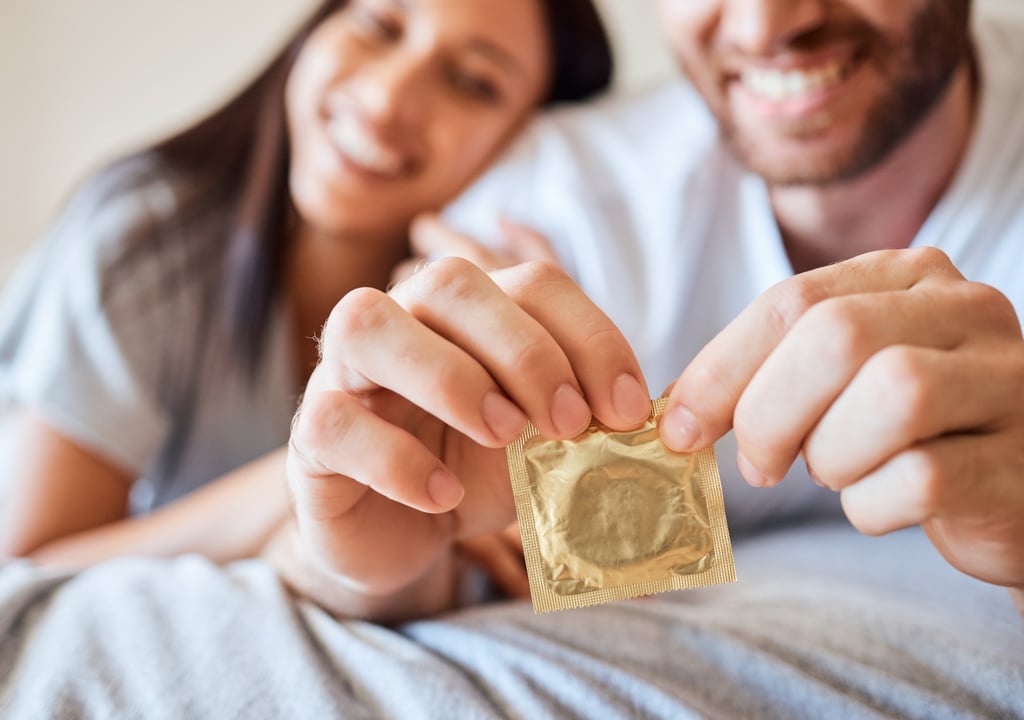Male contraceptive pill: latest innovations for safe and temporary birth control being tested
- Scientists have created a compound that causes reversible contraception in male mice and may work in men, and birth control drugs for men are in trials, too

The first ‘condom’ ever used wasn’t to protect a woman from pregnancy. In around 3000BC, King Minos of Crete’s mistress died after having sex with him. He used a goat’s bladder as a barrier after that – to protect himself, his wife, and future mistresses from the poison he assumed his semen must carry.
The ancient Egyptians were among the first civilisations to use sheaths – again, not to prevent pregnancy. They believed they would protect everybody from diseases, including bilharzia – or schistosomiasis, a tropical infection caused by a parasitic freshwater worm.
In Japan, and China, condoms, or something like sheaths, were used before the 15th century. Some were made of tortoiseshell and later, thin leather or oiled silk.
The first known use of condoms in Europe was around 1564, as documented by anatomist Gabriele Fallopia, who gave his name to the Fallopian tubes.

In his book De Morbo Gallico, literally “The French Disease,” Fallopia describes sheaths made of linen, lubricated with spit, and secured with a ribbon. He claimed to have tested them on over 1,000 men to prove their efficacy against syphilis.
About 100 years later, King Charles II of England used a sheath made of lamb’s intestine to prevent any more illegitimate children.
